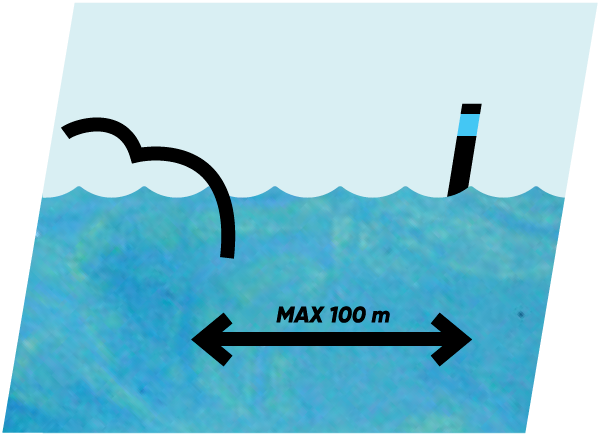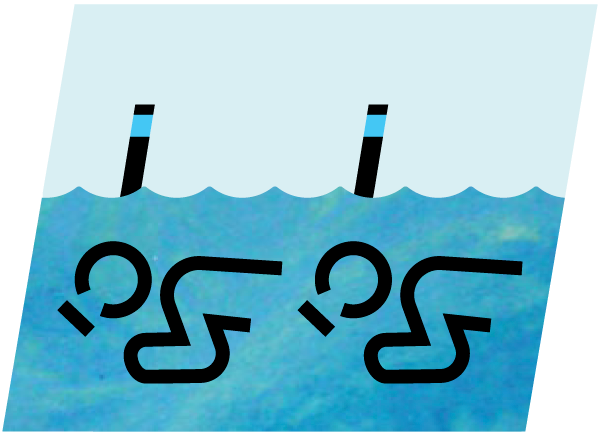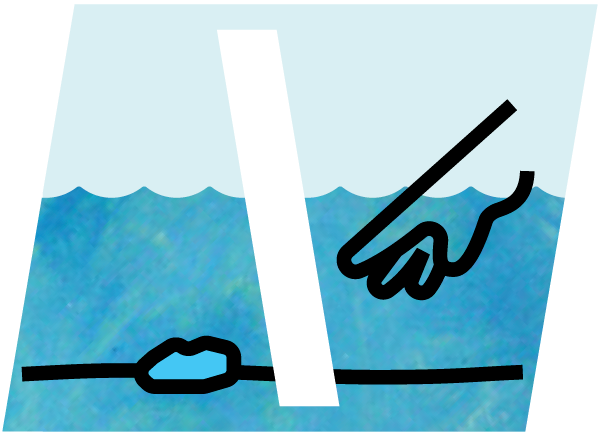Verige Bay
Verige Bay is located on the largest island of the Brijuni National Park, known to locals as Veli Brijun (Veliki (Big) Brijun). It can be reached by a regular boat line that departs from Fažana. When buying a ticket, it must be emphasized that you wish to joint the guided underwater path tour in Verige Bay to book your time slot. Only accompanied snorkeling is allowed here in order to preserve the valuable archaeological heritage which has graced this special islands for centuries.
Legacy of the Ancient Romans
This breathtaking bay is located on the eastern coast of Veli Brijun island. Its favourable position has always made it a safe port, so it is not surprising that one of the most luxurious and the largest ancient Roman villae maritimae on the Adriatic, a superb work of the Roman masters, was erected right here, on its shores, in the 1st century BC.
Its owner, Caius Laecanius Bassus, was a consul, a member of the high Roman aristocracy and a true billionaire who spared no expense. The entire complex stretched along one kilometre of a developed coastline connected into a single unit by a covered promenade, a portico. The villa later became an imperial property, and the chains were used for closing the bay entrance which gave it its name on the old nautical maps – Val Catena or Verige.
Underwater attractions
You can enjoy in discovering ancient past under the sea of Verige Bay. Since the sea level was by about a metre and a half lower in Roman times, the remains of the developed coast together with the swimming area, the unique pond and the boarding pier are found today in the shallows.
The attractive snorkeling location stretches along the coast at the foot of the boardwalk. In front of the thermal bath remains, in the shade of tall pine trees, you will discover a pond (vivarium in Latin), a unique specimen in the entire Adriatic and beyond. Its building structure makes it vastly different from other pond models.
Just imagine, parts of the pond and the shore are made of Roman hydroconcrete! If you take a closer look at the coastal embankment around the pond and behind the swimming area, you will realize it is a mixture of stones with a binder. The secret lies in pozzolana, a volcanic material which hardens in water and is very effective, which can be seen in the reservoirs that were made of such material and still hold water even today. This fish pond was used for storing caught fish before salting it or for its breeding for the needs of the villa owner.
Not far from the pond, you will come across a sunken Roman pier built by using a typical underwater construction technique. The walls of the pier are composed of large boulders, free of binder, but with the filling made of pebbles, parts of amphorae and roof tiles that were inserted between them. Many ancient copper coins were found around the pier.
Today's inhabitants of Verigo
Swimming above the archaeological remains, you will surely notice schools of fish passing by, unusually slowly and close. The fish here are not afraid of people because fishing is not allowed inside the National Park. You can easily recognize sea bream by the black spot on the gill cover and the golden colour between the eyes. Bass is a bluish-silver hunter, elongated in shape, which moves in a small group and likes the shallows.
The salema porgy, decorated by yellow stripes, enjoys grazing seaweed, while the sand steenbrass regularly burrows in the sand. They are lighter in colour with small transverse stripes. These species are several times larger than the specimens you can see on other Adriatic beaches due to the special conditions in which they live, almost like in the times of the ancient Romans!
Other fish that swarm around you while exploring the ancient past include the two-banded seabream, the damselfish, the saddled seabream, the annular sea bream, the ocellated wrasse, the painted comber, and the East Atlantic peacock wrasse. Large specimens of the black scorpionfish, which look very much like a grouper except for its black colour, calmy wait at the front of the pier for you to take a closer look. For those who like smaller fish, it will be very interesting to observe various types of blennies in the shallows, displaying incredible colours.
Things of interest
Be sure to have a look at the composition of the beach, pebbles mixed with remains of amphorae, everyday ceramics and black and white mosaic cubes. Feel free to take a closer look at them, but by no means take them as souvenirs. Let the others also enjoy the magic of discovering the ancient past!
Information
Reservation and tickets
The Verige Bay snorkeling location can be toured only with a reservation in advance. The inquiry can be sent via the online form. The tour is available until 30 September 2024.
Detailed information and an online application form can be found on the NP Brijuni website:
www.np-brijuni.hr/hr/planiraj-posjet/izleti/ronjenje-na-arheoloskoj-lokaciji-u-uvali-verige











